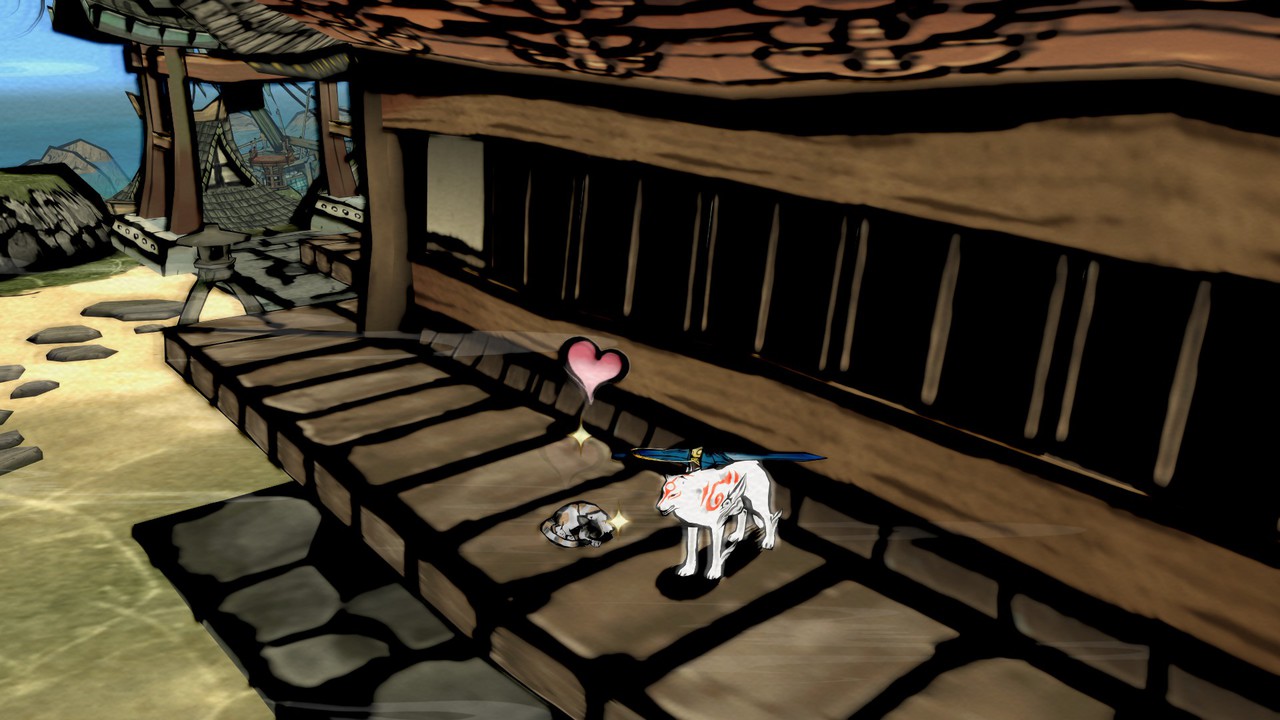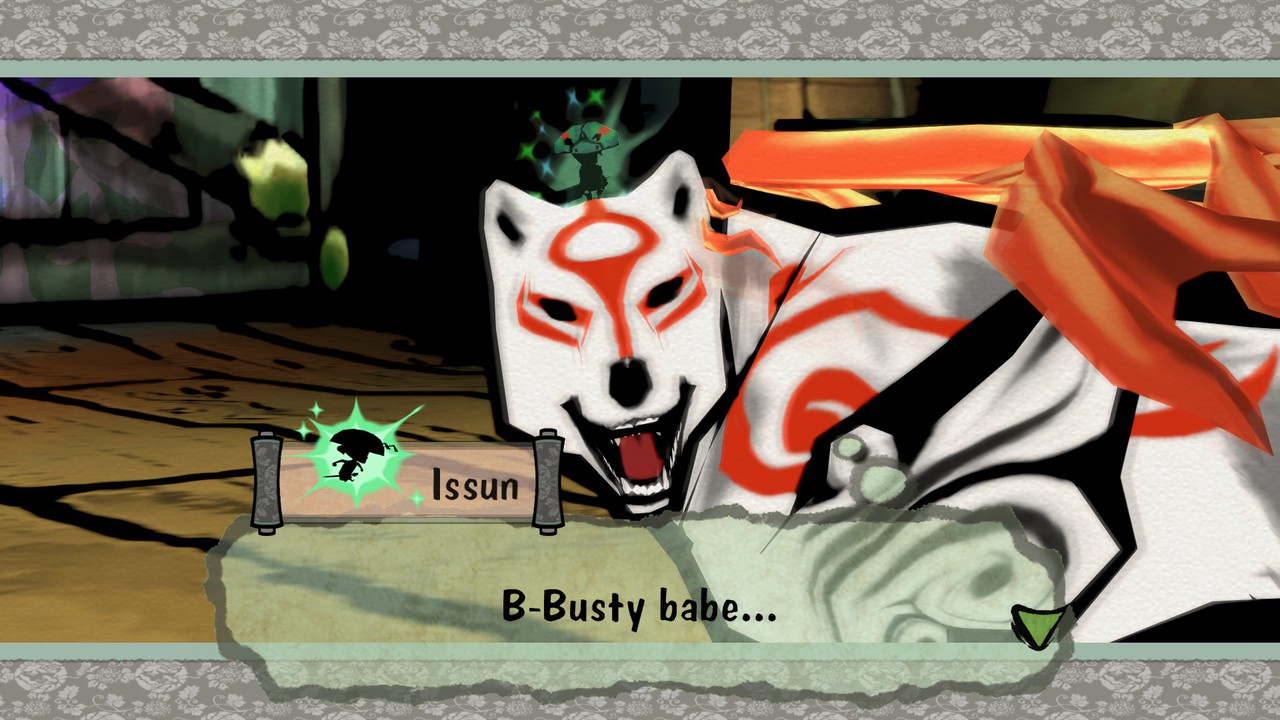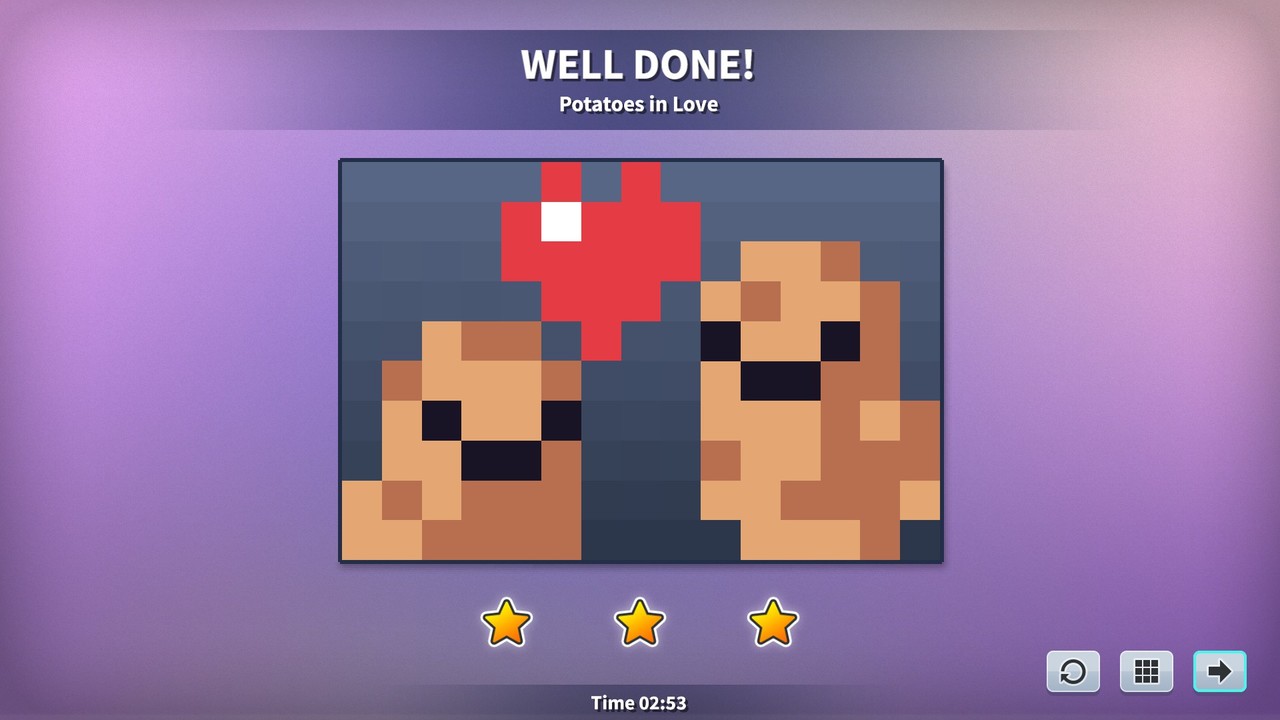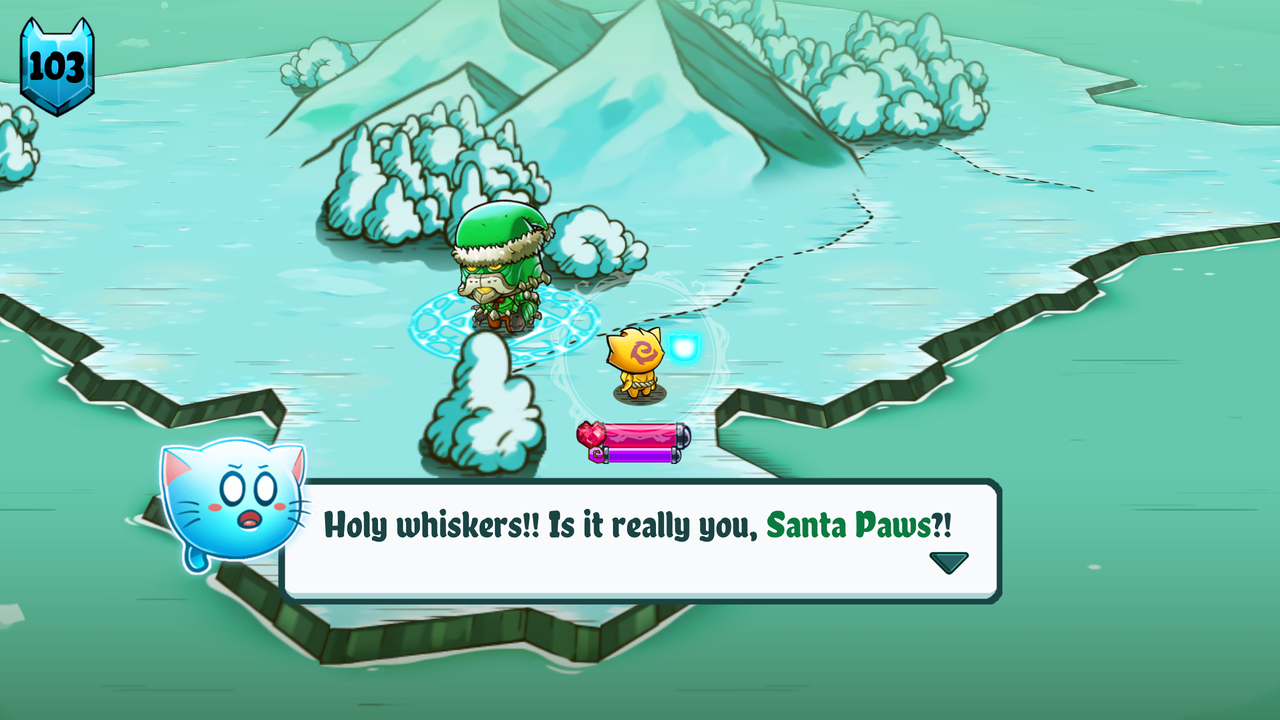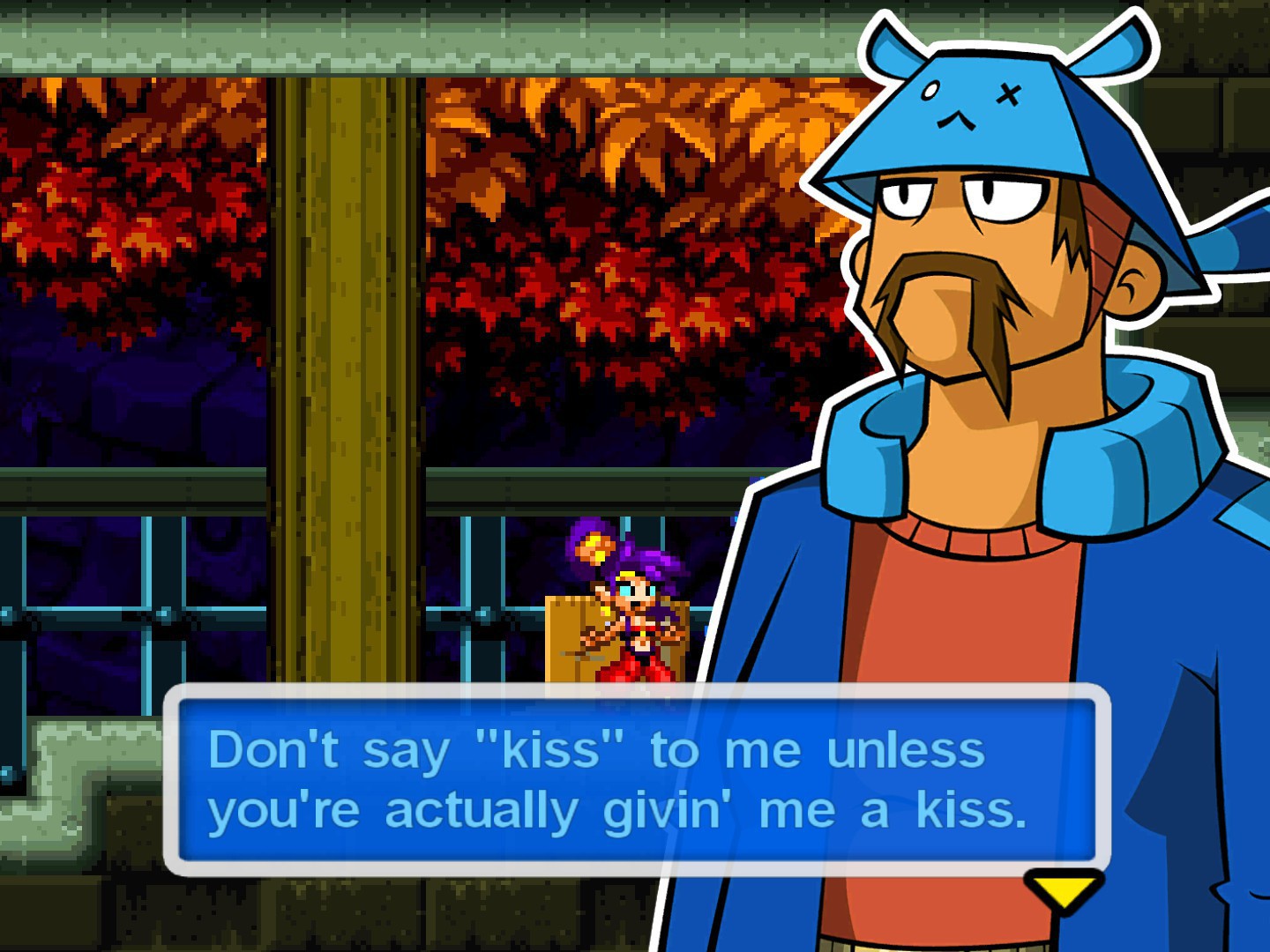Bowser's Inside Story has some good fundamentals, but its pacing is a mess, and balancing problems can unexpectedly flip its combat from "fun" to "frustrating."
Let's start with some praise: as ever, the Mario RPG combination of platforming, turn-based battles, and real-time action is a good idea. When it works, it works great.
This formula feels at its best when Bowser is playable. His combat moves are fresh, and his ass-kicking ability is a blast to wield. Hands-down, my favorite moment in the game was when Bowser turned Godzilla-huge and started fighting a castle.
Like, literally punching a castle. Friggin' cool.
And playing as the Mario bros. can be pretty fun, too. Like I said, when it works.
Bowser's Inside Story gets marks off, though, for how often it doesn't work. And this is largely (though not entirely) a function of the game's bafflingly-bad pacing and level design.
In its first half or so, the story alternates focus between the Bros and Bowser. Early Bowser content is actually pretty fun -- watching him react to a rival villain, and seeing events from his boisterous perspective, is amusing for a while. But while he's out doing his dragon-turtle thing, Mario and Luigi are stuck in his mauve, labyrinthine interior, traversing bland levels and fighting repetitive enemies. The "inside" parts of Bowser's Inside Story are by far the least interesting.
Around the story's halfway point, a magical thing happens: Mario and Luigi are able to wander the open world. (By using warp pipes inside Bowser ... that warp to outside Bowser. It's weird.) All the outside areas that Bowser had covered, with suspiciously-foreshadowed Mario- and Luigi-sized blocks and paths, become re-explorable at your own pace.
It's kind of a shame that, as a result, walking the "open" world feels like re-treading old ground. There's approximately one new area that the Bros get to discover; the rest has little to offer, except bizarre combinations of old and new enemies. (Also, wow is the world map bad at showing how to travel between areas.)
This whole time, it's hard to care about the over-arching plot. Fawful is a boring villain, with a clichéd plot. The narrative never feels surprising or engaging, and the only sense of variety it seems to have is non-sequitur out-of-left-field directives. Suddenly we need to climb this tower? or talk to a doctor? or collect three macguffins? The whole thing has roughly the attention span of a preschool kids' cartoon.
That undirected-ness finally ends when, after Mario and Luigi finish their open-ish tasks, you prepare to assault the villain's castle. And here's where the story's pace irked me the most: this, which feels like the end of the game, is roughly its 75% mark. There are quite a few hours of dungeon-crawling and boss-fighting left to go, here -- and the remaining dungeons and encounters aren't varied enough to support this running length.
It's in these moments, when it feels like an endless series of similar-looking rooms and already-learned enemies, that the combat system's problems feel most poignant.
Learning an enemy's patterns can be a crapshoot. Some enemies have a large number of attack patterns, and what looks like Pattern 5 may end up being a surprise! Pattern 6, whose defense is totally different.
In many cases, the timing window for a successful defense (or attack) is astonishingly small. They're just really hard to do. And it's easy to get thrown off by the subtle timing differences of an attack targeting Mario versus targeting Luigi.
The punishment for mistakes can be severe, especially when they cascade, e.g. getting hit might cause a character to be dazed and unable to defend against following hits. A single split-second misjudgment can mean the difference between a healthy Mario and a dead Mario.
Most of the SP-consuming special moves are unrealistically difficult to pull off, due to how crazy their button and/or touch controls are. It's almost always a better idea to just use regular attacks, instead. (Luckily, the Bros and Bowser each have at least one late-game special move that isn't a huge pain to use.)
In one of the almost-final boss battles, there is an unavoidable attack. The boss literally calls it his "Unavoidable Attack." That just seems mean.
I keep having to go back and remind myself that, yeah -- when the game works, it works well. And the combat works more often than it doesn't. If the overall story hadn't been so vacant and disoriented, and if the game's levels hadn't been so dull and tiresome, I wouldn't have given most of those flaws a second thought.
It's the fact that Partners in Time had these same problems with story pace and overlong levels, that makes me very wary about continuing on with the Mario & Luigi series. My playing time in this installment was on par with internet measurements, which estimate almost twice as long for the next installment, Dream Team.
I really would like more of the Mario RPG gameplay formula, even with the combat annoyances this series may have. But I'm not willing to slog through this caliber of storytelling for that many hours.
Better than: Mario & Luigi: Partners in Time (Yeah, I know I said "Good" on that one, but ... hell, that was more than a decade ago.)
Not as good as: Paper Mario: The Thousand-Year Door, at least in terms of story and world-building.
I wonder: if Super Mario RPG has aged well at all.
